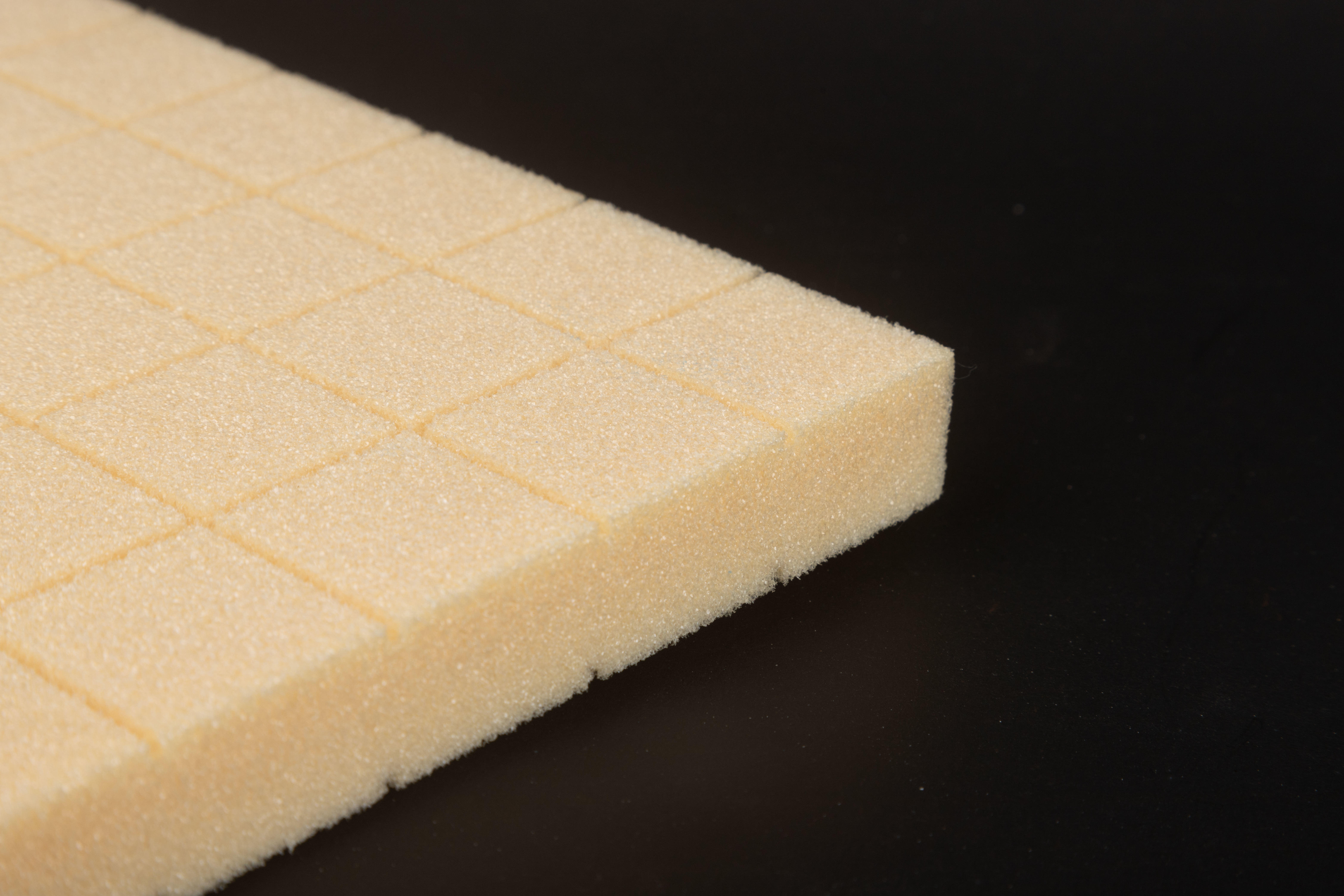
The Rise of Rigid PVC Foam in Construction and Packaging Industries
Rigid PVC foam, characterized by its closed-cell structure and high compressive strength, has emerged as a cornerstone material in construction and packaging. Unlike flexible variants, rigid PVC foam offers exceptional dimensional stability and thermal insulation, making it indispensable for energy-efficient building designs.

In construction, rigid PVC foam boards are replacing traditional insulation materials like polyurethane (PU) due to their superior fire resistance and moisture durability. For example, Crystal Rubber’s PVC foam panels, with densities ranging from 130 to 250 kg/m³, provide R-values (thermal resistance) comparable to PU while offering flame-retardant properties certified under ISO standards. These panels are used extensively in roofing, wall cladding, and HVAC ductwork, where their lightweight nature reduces structural load and installation costs.
The packaging industry has also adopted rigid PVC foam for protective applications. Its shock-absorbing capabilities and resistance to chemicals make it ideal for transporting fragile electronics, medical equipment, and automotive parts. Unlike expanded polystyrene (EPS), PVC foam does not crumble upon impact and can be reshaped multiple times without compromising integrity. A case study by QYResearch highlighted a 40% reduction in packaging waste for a smartphone manufacturer after switching to PVC foam inserts, as the material’s durability eliminated the need for replacement.
Production techniques for rigid PVC foam have evolved to meet diverse demands. Coextrusion processes, which combine a non-foamed surface layer with a foamed core, enable manufacturers to produce panels with tailored stiffness and surface finishes. This dual-layer approach is particularly useful for architectural applications requiring both structural strength and aesthetic appeal.
Environmental concerns have spurred innovation in foam formulation. Some producers now incorporate recycled PVC content, reducing reliance on virgin polymers. Additionally, water-based adhesives and solvent-free processing methods are being adopted to minimize emissions during production. While challenges persist in achieving full biodegradability, the material’s recyclability and long service life align with sustainability trends.
Looking ahead, rigid PVC foam’s integration with smart building technologies—such as embedded sensors for structural health monitoring—could further expand its applications. As industries prioritize efficiency and durability, rigid PVC foam remains a trusted solution for demanding environments.
Rigid PVC Foam,Construction Insulation,Lightweight Packaging
Latest News
Next Page




